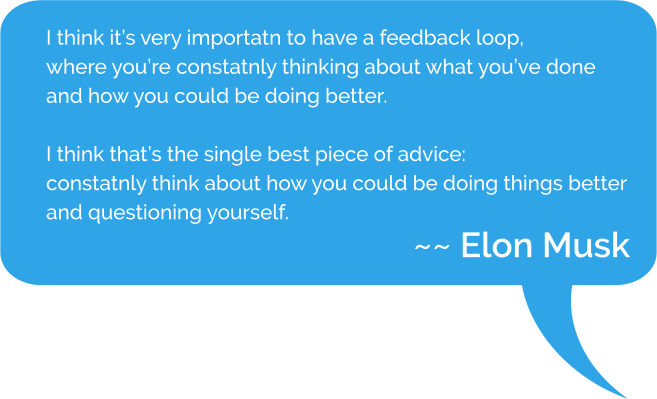Congratulations! You are Auction Chairman
It’s an honor to be chosen to Chair a fundraiser. Lead the fundraiser with the mission and you can never go wrong. Lead the team with these values and they will follow:
- ability to strategize short & long term goals.
- prioritize what needs to be done and by whom
- communicate with your staff/volunteers regularly
Decisions small and large will need to be made, but with clear planning and execution, this won’t be as difficult as it may seem. The more organized you are, the easier it will be.
Auction Chairperson First Steps
As an auction chairperson taking over from a prior team, use the history to chart a fresh course. Do take the time to review the previous year(s) data to spot trends and opportunities.
As an auction chairperson who is establishing a new event or auction fundraiser, the slate may seem to be blank however what activity & outcomes have occurred in the past?
Magnify the good. Look back at prior fundraisers and how the audience has responded. Is there a part that worked really well? Is there a part that was disappointing? Look at the communication channels, availability & ability of the team, turnaround time, commitment from the board, commitment of the community internally and at large.
Communication channels will be key to getting out the message so evaluate past experiences. Keep the ones that work and pivot or try something new if necessary. For social media, be on the platforms that your audience is spending time. Some groups such as schools rely on printed flyers, use those if it works. Voicemails or robocalls, emails & text are all potential channels to examine as well.
**Teams vary from event to event, **what resources are available going forward will dictate how big of an event you can execute on. Perhaps it’s not a brand new event that needs to be created, many times adding on an auction or fundraiser to a currently well-attended event is a better solution.
Finding the right team means asking for the right helpers. List all types of tasks that need to be accomplished and seek volunteers to fill those jobs. Helpers for procurement, messaging, computer work, graphics, event planning live or virtual services have specific duties, be specific when asking for volunteers. Be truthful about the time commitment as well.
Auction & Event Fundraiser Options
Choose the auction & fundraising components that will help you reach your goals:
- In-person event
- Virtual event
- Online event
- Silent auction
- Live auction
- Paddle raise
- Cash donations
- Sponsorships
Transition
Spend some quality time with the previous chairperson. Be prepared to ask questions- but more importantly be prepared to listen. A healthy transition creates a sound foundation to move forward. Using past experiences can provide insight into what did and did not work and why. Until you really know, learning firsthand from the previous chair is one of the best resources an incoming chair can utilize.
A 360-degree evaluation and survey should also provide insight. A 360-degree review involves gaining feedback from all directions surrounding fundraising. Survey Monkey makes asking and receiving these candid responses easy and anonymous. Feedback is a gift; use it to make educated and prudent decisions.

Leadership Tips
Bring a positive attitude FIRST!
Whatever attitude & culture you bring to a situation will be magnified to the fundraising team and the fundraising efforts. Communicating clear goals, roles and tasks will ultimately provide self-motivation for team members. Most times fundraising teams are volunteers. There is a huge difference between expectations from a typical leader/employee relationship vs chairman/volunteer. The volunteer is giving up his or her personal time and has every right to say no. Creating a high commitment culture again goes back to the leader. The prime reason people will volunteer is because it feels good. The prime reason they will re-volunteer is because they are respected and appreciated.
Trusting YOU as a leader means the team will trust themselves to follow the leader.
Don’t take it personally! As much as we hope that all decisions will be embraced, it is inevitable to bump into a few negative people or incidents along the way. Maintain composure and take time to assess the information before answering or reacting. It’s ok to say “thanks for the feedback, we will take it into consideration.” Gather yourself and reply in a professional and healthy manner after the emotional wave has passed.
True Chairperson Story: We were running a fundraiser at a school and the room mom called the fundraising chair to share frustration about how the fundraiser was affecting ‘her’ classroom. After letting the room mom vent and politely asking for some time to get back to her a more productive conversation took place a short time later. Turns out the room mom’s frustration was somewhat warranted and related to communication gaps. The chair asked her to be the “room mom lead” and join the fundraising committee. In time the room mom lead took a very active role in fundraising and made the team even stronger.
Plan and Execute
Analyze but don’t paralyze. Evaluate fundraising activities as quantitatively as possible.
- Brainstorm possible options
- How much money do you need to raise
- How much money do you want to raise
- How many hours will fundraising require
- How many volunteers will fundraising require
- Map out potential ranges of outcomes
At this point take the leap of faith and make a decision. Informed and educated decisions will lead to the right decisions. Sometimes the answer is just a few tweaks, but other times it’s a completely new idea. Believe in the data and research, but also believe in yourself.
Layout the fundraising plan, timeline, and checklist. Communicate with the team in a timely and organized fashion.
Note: The leader must have full confidence in the fundraising plans in order for the followers to have trust. If you can wake up every morning, look in the mirror, and be proud to own the decision- then go for it!
Communicate
Keep all communication channels open with a steady flow of information and instruction.
Limit meetings to just the necessities. Don’t make standing meeting dates “just to have” a meeting. Come with an agenda, come prepared to inform, and come ready to discuss and make decisions.
Learning and Growing
Be kind to yourself in this process. There will be a learning curve. As we have seen in the past year with COVID-19, the fundraising environment is changing too. Take time to absorb past data and form your own plan moving forward. Stay focused on how the fundraising dollars will help the cause move forward to help, heal, educate, feed, shelter, research, and enrich lives. Remember that you are not alone. There should be a board and volunteers to help and it is okay to ask for help. In addition, seek out more general support in the way of similar philanthropy groups, thought leaders in the community. With social media, it’s much easier to listen, learn, and connect with others. Build your tribe, and do your best.
